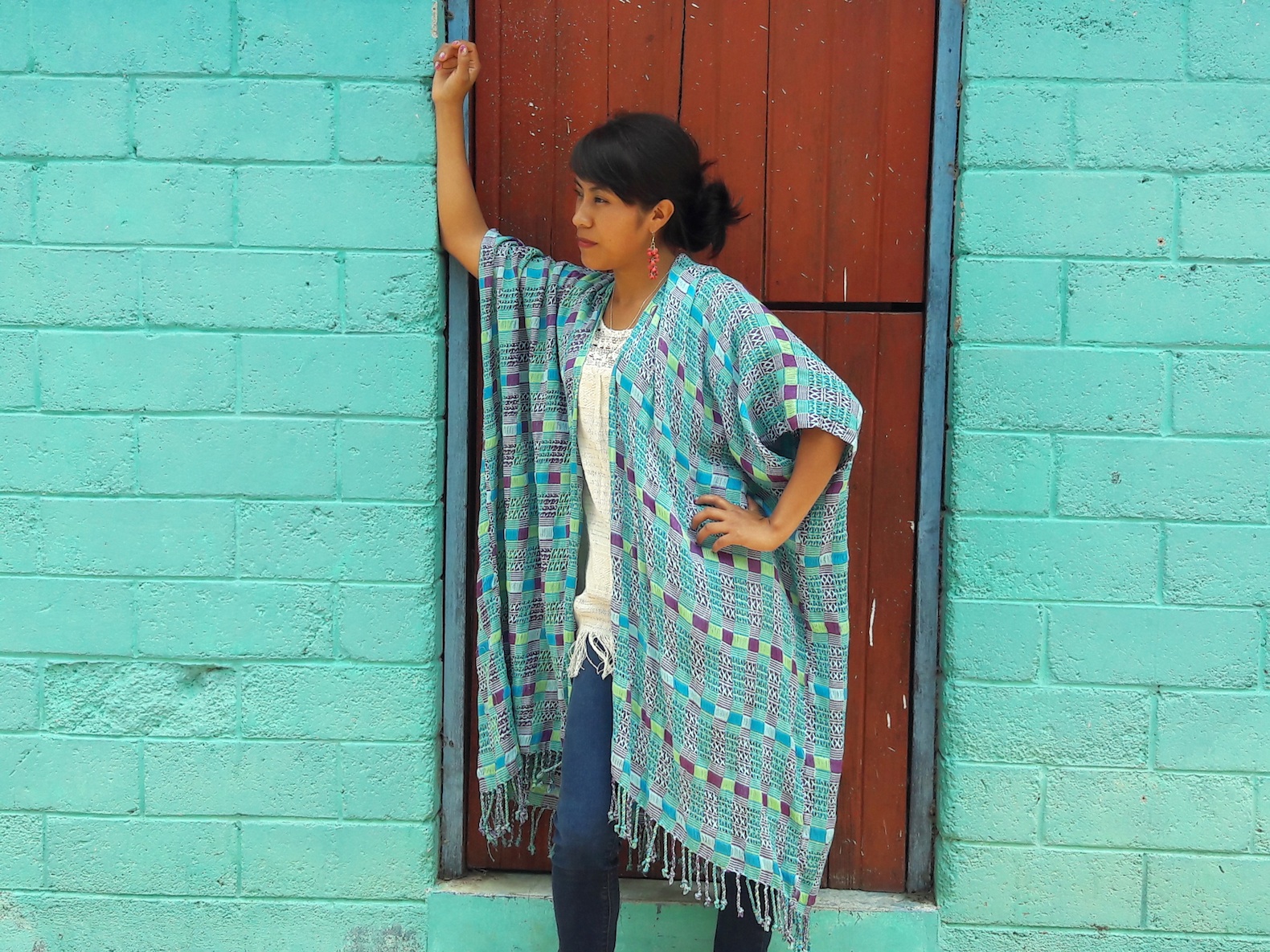Lake Atitlan Textile Weavers
Lema Weaving Association Lake Atitlan Guatemala is a cooperative that was started to improve economic conditions and the quality of life for women in the community of San Juan La Laguna, Lake Atitlan.
It has played a vital role in enhancing the community and the economic well being of the members.
Lema Weaving Association Lake Atitlan Guatemala represents 15 Tz’utujil families who have joined together to produce unique and culturally reflective weaved items. Each member learned the craft of traditional weaving from their mothers and grandmothers.
Lake Atitlan Textile Weavers Lake Atitlan Guatemala has many Mayan cooperative that started to improve economic conditions and the quality of life for women in the community of San Juan La Laguna, Lake Atitlan. It has played a vital role in enhancing the community and the economic well being of the members.
Lake Atitlan Textile Weavers Lema’ Weaving Association of San Juan La Laguna Featured Work
Tucked on the southern shoreline of Lake Atitlan is Lema’ Weaving Association Lake Atitlan Guatemala in an Indigenous village along the shores of Lake Atitlan. Of the ten thousand residents in San Juan, 95 percent of the population is comprised of Tz’utujil, one of the 21 Maya ethnic groups that live in Guatemala.
The Tz’utujil are noted for their continuing adherence to traditional cultural and religious practices.
Lake Atitlan Textile Weavers follow traditional dyeing technique that the Lema’ Weaving Association uses in San Juan La Laguna is using dyes or colorants derived from locally found plants, trees, and insects in the Lake Atitlan area. The roots, bark, leaves, berries, wood, and insects each produce a different color and hue. A few of the plants that are used are coconut shell, pericón, pepper, purple basil, hibiscus flowers, and achiote, among many others.
Lake Atitlan Textile Weavers use the backloom method of weaving the Lema’ Weaving Cooperative produce purses, bags, shawls, scarves, huipiles, serapes, tablecloths, place mats, napkins, cushions, bedspreads, hammocks, and many more items.
The following are the basic steps involved in the natural dyeing process. The dye is created by placing the plant and tree product in the water to create the desired color.
When the desired shade of color is achieved the dye is removed from the heat source and the liquid is strained to remove the plant product. Once strained, the colored liquid is returned to the heat source to boil.
White pure cotton thread is then added and boiled for 10 to 20 minutes or until the thread has obtained the desired color.
The thread is then removed and placed in a color fixative solution, made with banana leaves, where the color is set. The thread is then hung to dry in the sun.

